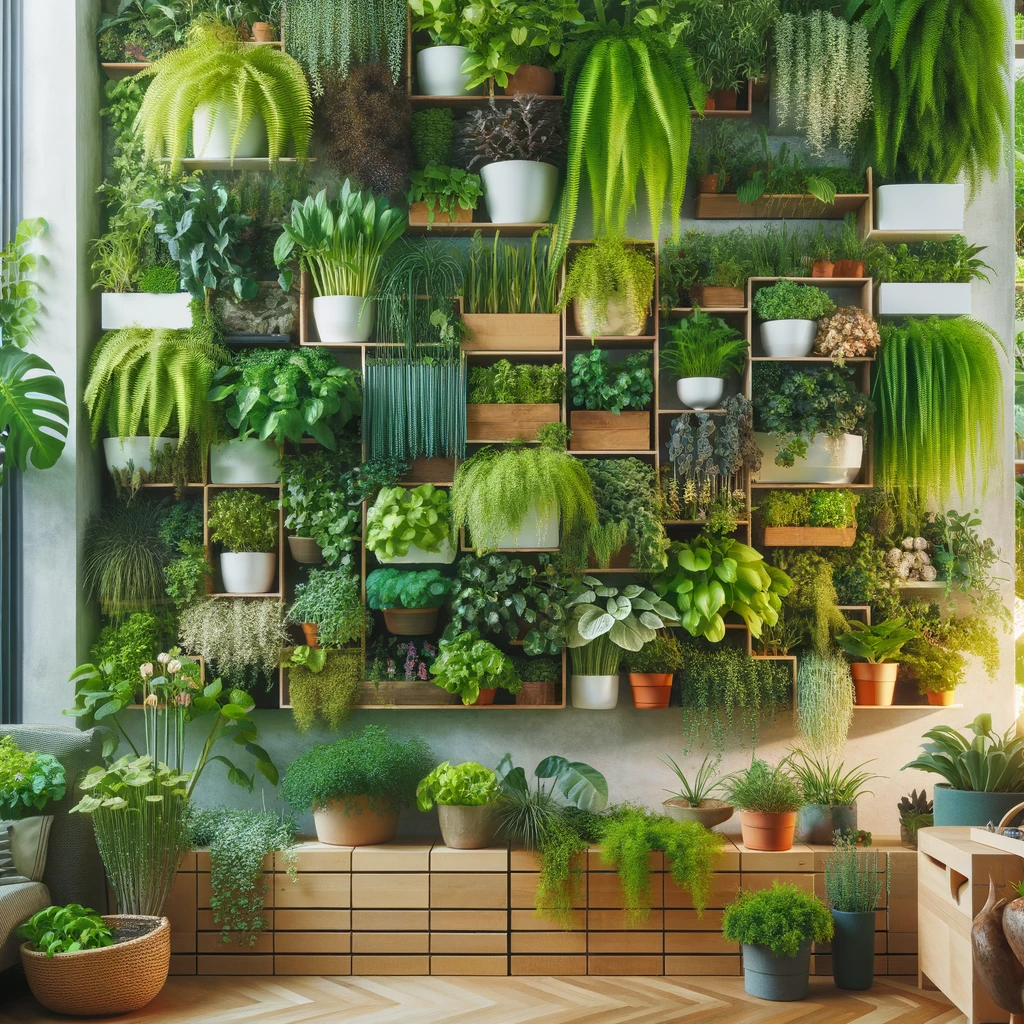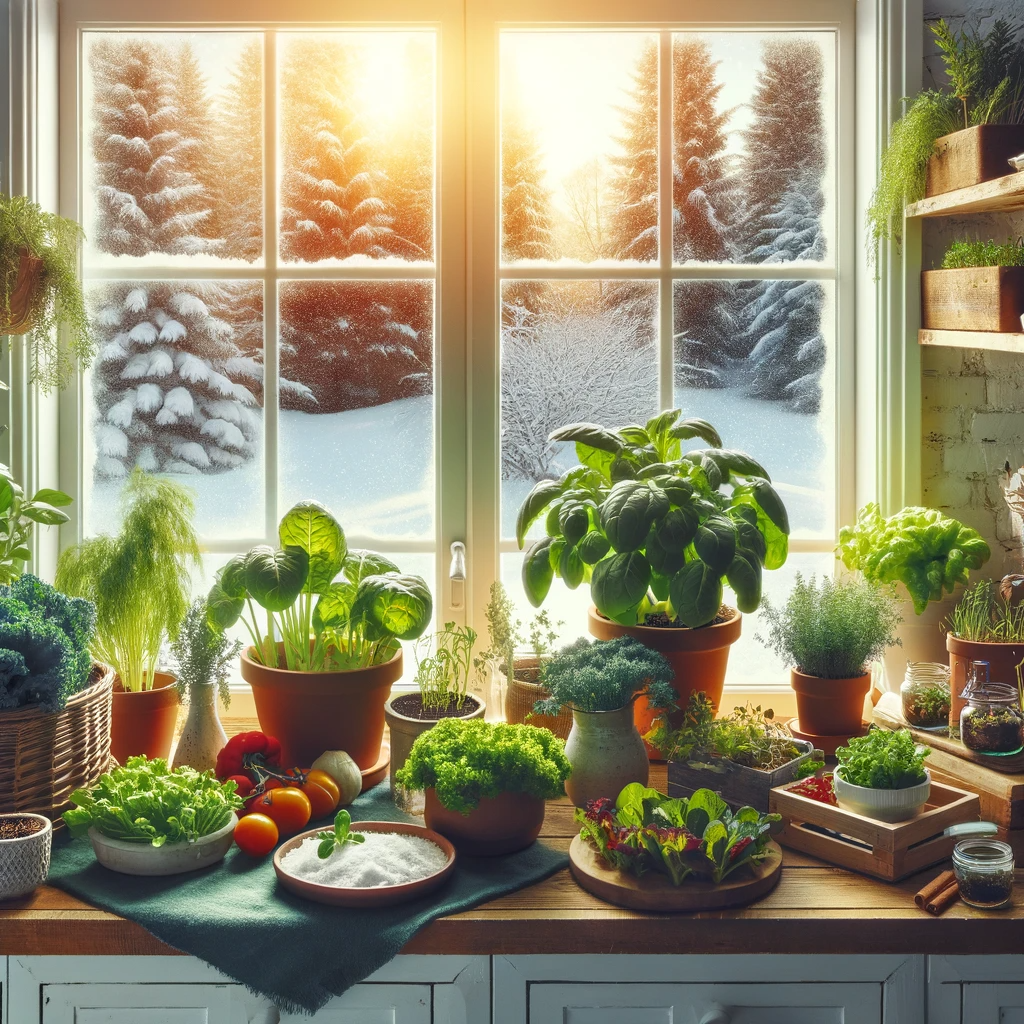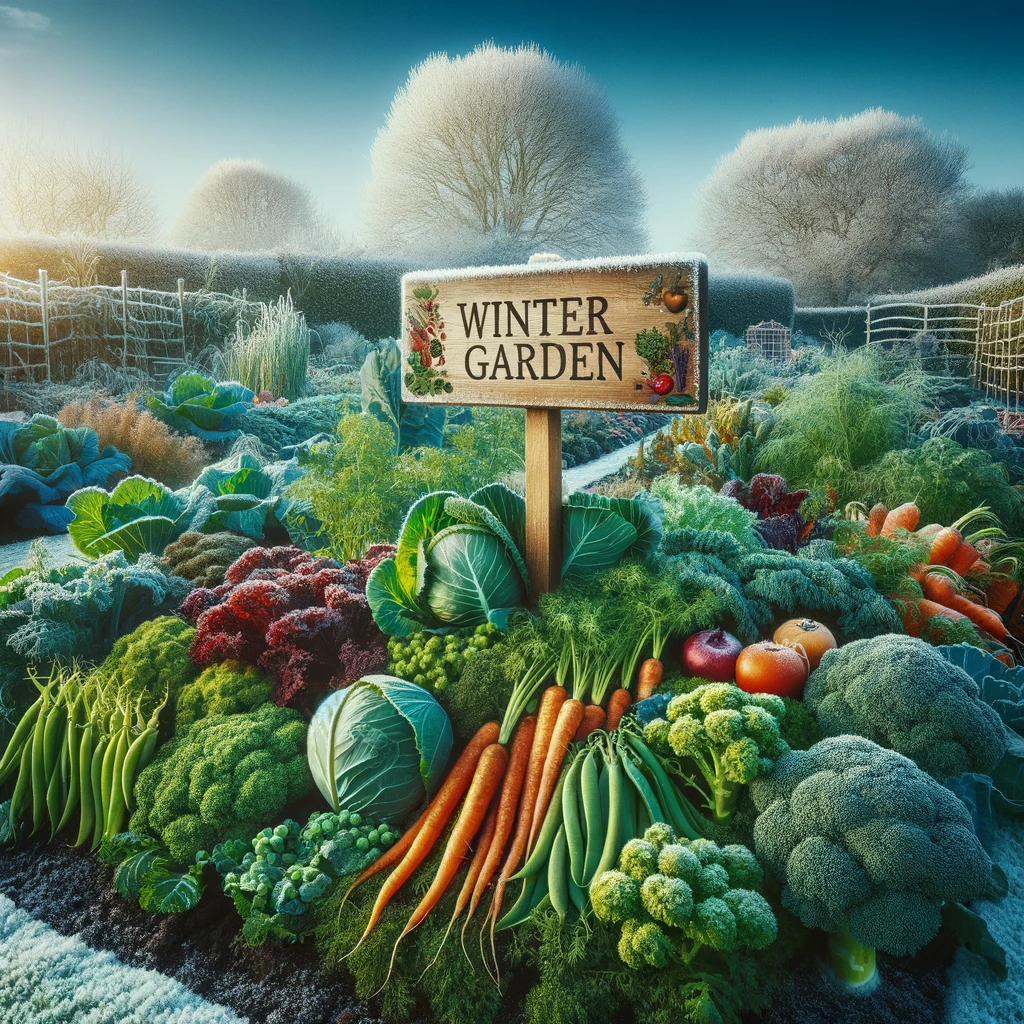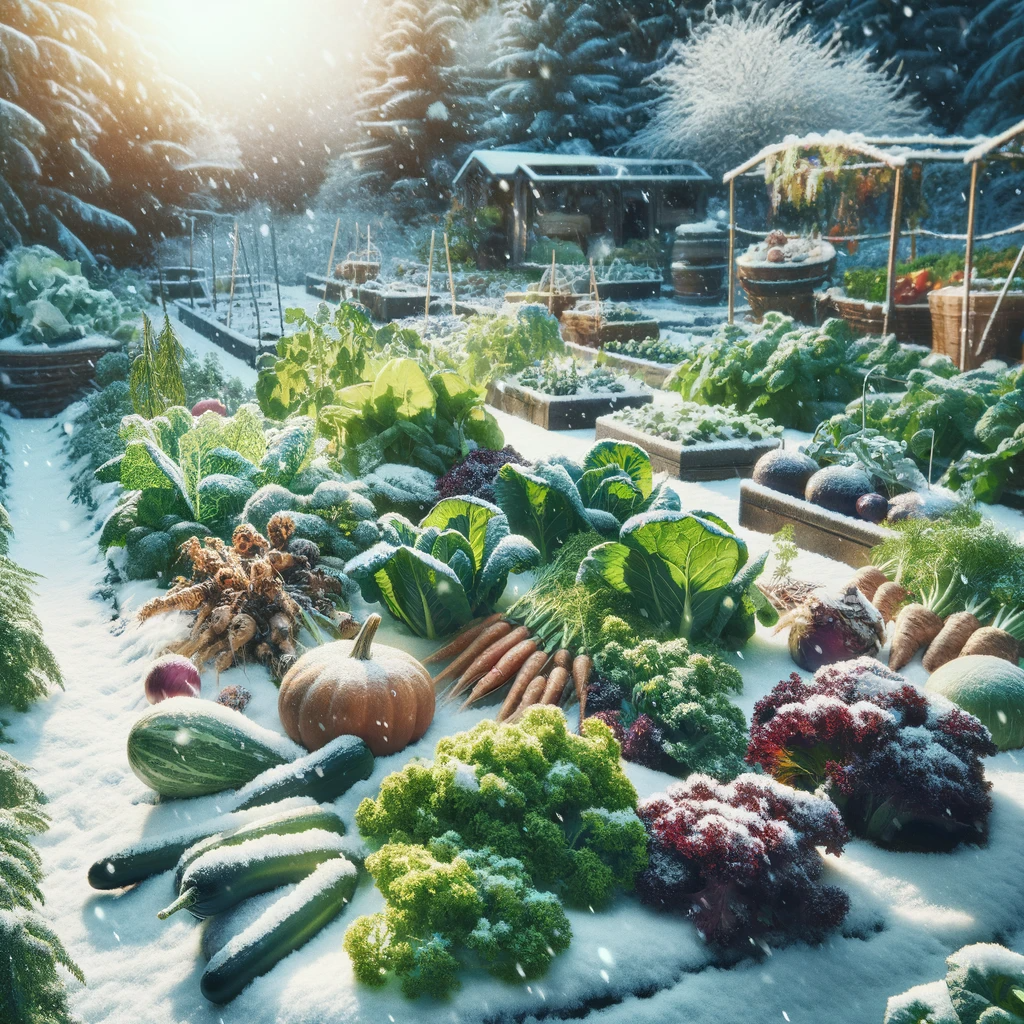Introduction to Vertical Gardening
In the realm of urban horticulture, vertical gardening stands tall as a symbol of innovation and resourcefulness. It is a gardening approach that redefines the concept of green spaces by literally turning gardening on its side. Vertical gardening is not merely a space-saving solution; it is a new perspective on plant cultivation that offers a myriad of environmental, aesthetic, and health benefits.

Why Vertical Gardening?
Vertical gardening comes as a response to the urban sprawl and the shrinking of green footprints in our living spaces. As we seek to reconnect with nature within the confines of urban environments, vertical gardens allow us to harness the vertical real estate that otherwise remains unused. The vertical approach is more than a trend—it’s a sustainable practice that enhances biodiversity, improves air quality, and creates a tranquil retreat in the hustle of city life.
The Many Layers of Vertical Gardens
This form of gardening is as diverse as it is dynamic. It encompasses everything from simple trellises supporting climbing vegetables to elaborate living walls that feature a tapestry of ornamental and edible plants. Each layer in a vertical garden serves a purpose, whether it’s providing fresh produce, creating privacy screens, or contributing to thermal regulation in buildings.
Space Efficiency and Beauty
In small apartments, balconies, and patios, vertical gardens provide a clever way to maximize space. But beyond practicality, they are a canvas for creativity. With plants as paint, urban dwellers craft stunning vertical artworks that add a touch of nature’s palette to the concrete greyness of cityscapes.
The Environmental Impact
Vertical gardens also play a crucial role in urban ecology. They act as natural air filters, reducing pollution and producing oxygen. They contribute to the reduction of the urban heat island effect and can even serve as habitats for urban wildlife.
As we delve deeper into the subject, we’ll explore the intricacies of setting up your own vertical garden, the best plant choices for vertical growing, and how to manage the unique challenges that come with this innovative gardening method. Whether you’re a seasoned gardener or a green-thumbed novice, vertical gardening offers a path to transform your living space into a verdant sanctuary.
Choosing the Best Plants for Your Vertical Garden
When venturing into vertical gardening, one of the most common questions asked is, “Which plant is best for a vertical garden?” The answer lies in understanding the specific needs of each plant and how they will adapt to vertical growth.
Which plant is best for a vertical garden?
Climbing vegetables like beans and peas, as well as vining crops such as small squash varieties, are inherently suited for vertical growth. They climb naturally and can be easily trained up trellises and supports. Compact varieties of fruiting plants, like determinate tomatoes and strawberries, are also great choices for an edible vertical garden.
Herbs are a favorite among vertical gardeners due to their versatility and ease of growth. Hardy herbs such as mint, which can thrive in a variety of conditions, are excellent for beginners. Meanwhile, basil, parsley, and cilantro offer not just culinary benefits but also adapt well to the vertical garden’s limited soil depth and can be regularly harvested to maintain a manageable size.
Are there any drawbacks to using vertical gardens?
While vertical gardens have many benefits, challenges such as ensuring adequate water distribution and light access for all plants must be considered. Plants at the top of a vertical setup may receive more light and less water than those at the bottom, so strategic planning in plant placement and irrigation is key.
What do you grow in a vertical garden?
A vertical garden can support a diverse range of plants, including ornamentals, edibles, and even perennials that can provide greenery year-round. For ornamental purposes, choose flowering plants like petunias for color, or foliage plants like ferns for a lush backdrop.
Considering the Vertical Gardening Ideas
Incorporating “vertical gardening ideas” into your plan can include using wall-mounted planters for herbs to create a living spice rack or hanging pockets for a display of succulent varieties. Each plant choice should be made with consideration to the vertical structure’s material, the environmental conditions, and the aesthetic goals of your garden.
Daily Care Routines and Maintenance of Your Vertical Garden
A thriving vertical garden is the result of consistent care and attention to detail. Here’s how to maintain the health and vigor of your vertical oasis.
Watering Wisely
For watering your vertical garden, consider a setup that can uniformly distribute water from top to bottom. Drip irrigation is an effective method, and when paired with a timer, it can automate the watering process. For manual watering, use a watering can with a long spout to reach all plants easily. To check if you’re watering correctly, the soil should be moist but not waterlogged. An article on home composting on our website offers excellent tips on creating the perfect compost to retain moisture in your vertical garden’s soil.
Nutrition and Fertilization
Regular feeding will keep your plants healthy and productive. Use a balanced, organic fertilizer to provide essential nutrients. For more guidance on creating your own organic fertilizers from kitchen scraps, refer to our in-depth guide on using coffee grounds in the garden.
Pest and Disease Management
To control pests and diseases in an eco-friendly way, introduce beneficial insects and use organic pesticides when necessary. Neem oil is a great choice for an organic pesticide that is safe for indoor use. For more insights on eco-friendly pest control, check out our resources on potassium-rich food scraps which can help strengthen plant resistance to pests and diseases.
External Resources for Vertical Garden Care
In addition to the information we provide, external resources such as university extension services or trusted gardening blogs can offer a wealth of knowledge. For example, Gardening Know How provides expert advice on a variety of gardening topics, including vertical gardening.
Harvesting Your Vertical Garden
When it’s time to harvest, do so carefully to avoid damaging the plant or its support structure. For leafy greens, use the “cut-and-come-again” method, removing only the outer leaves to allow the plant to continue producing. For fruits and vegetables, harvest in the morning when their sugar content is highest for the best flavor.
Enjoying the Fruits of Your Labor
After harvesting, enjoy your fresh produce in cooking. Herbs can be used fresh or dried for later use, while vegetables can be included in a myriad of dishes—from salads to stir-fries. For culinary inspiration, explore our collection of recipes that feature home-grown produce on the Zero Waste Lifestyle section of our website.
In the next section, we will explore creative ways to incorporate your home-grown vegetables into delicious recipes and discuss how to preserve your harvest for year-round enjoyment.
From Harvest to Table: Utilizing and Preserving Your Vertical Garden’s Bounty
The joy of vertical gardening extends beyond the growing process; it culminates in the enjoyment of the harvest. Here’s how to make the most of your garden’s yield and ensure nothing goes to waste.
Incorporating Fresh Produce into Meals
Freshly harvested herbs can elevate any dish, adding a burst of flavor and nutrition. Vegetables like cherry tomatoes can be tossed into salads, roasted for a flavorful side dish, or sautéed into pasta sauces. Leafy greens are perfect for smoothies, salads, and sautés.
Preservation Techniques
When you have a surplus of produce, preservation is key. Canning and freezing are popular methods, but fermentation is a standout technique that not only preserves your vegetables but also enhances their flavor and nutritional value.
Fermentation: The Art of Natural Preservation
Fermentation is an age-old method that uses beneficial bacteria to preserve and transform food. It’s ideal for many vegetables from your vertical garden, such as cabbage for sauerkraut, cucumbers for pickles, and peppers for hot sauce. Fermented foods are not only delicious; they’re also rich in probiotics. For beginners interested in fermentation, our guide on Fermentation includes a section on starting with fermentation at home.
Storing Your Harvest
Proper storage is crucial for extending the freshness of your harvest. Most herbs can be air-dried or frozen, while root vegetables should be stored in a cool, dark place. Leafy greens stay fresh in the refrigerator, preferably in a crisper drawer. Utilizing these methods helps maintain the quality of your produce until you’re ready to use or preserve it.
Sharing Your Abundance
If you find yourself with more produce than you can use, consider sharing with friends, family, or a local food bank. Sharing not only reduces waste but also spreads the joy of fresh, home-grown food within your community.







Pingback: Vegetables You Can Grow Indoors In Winter